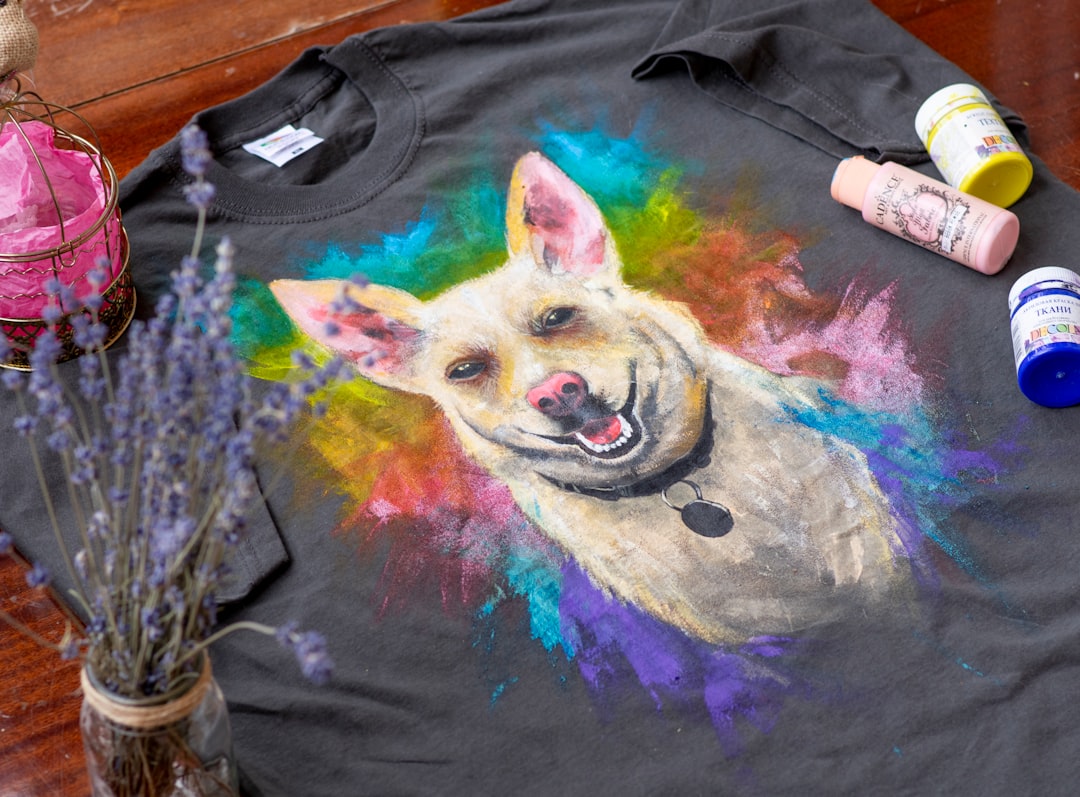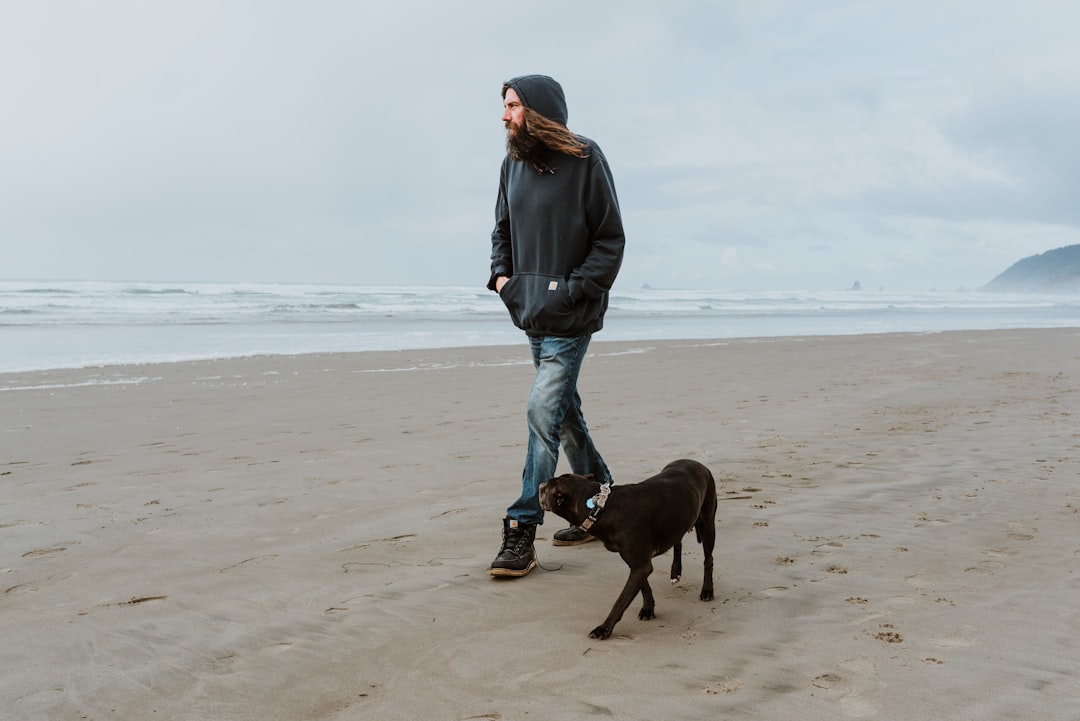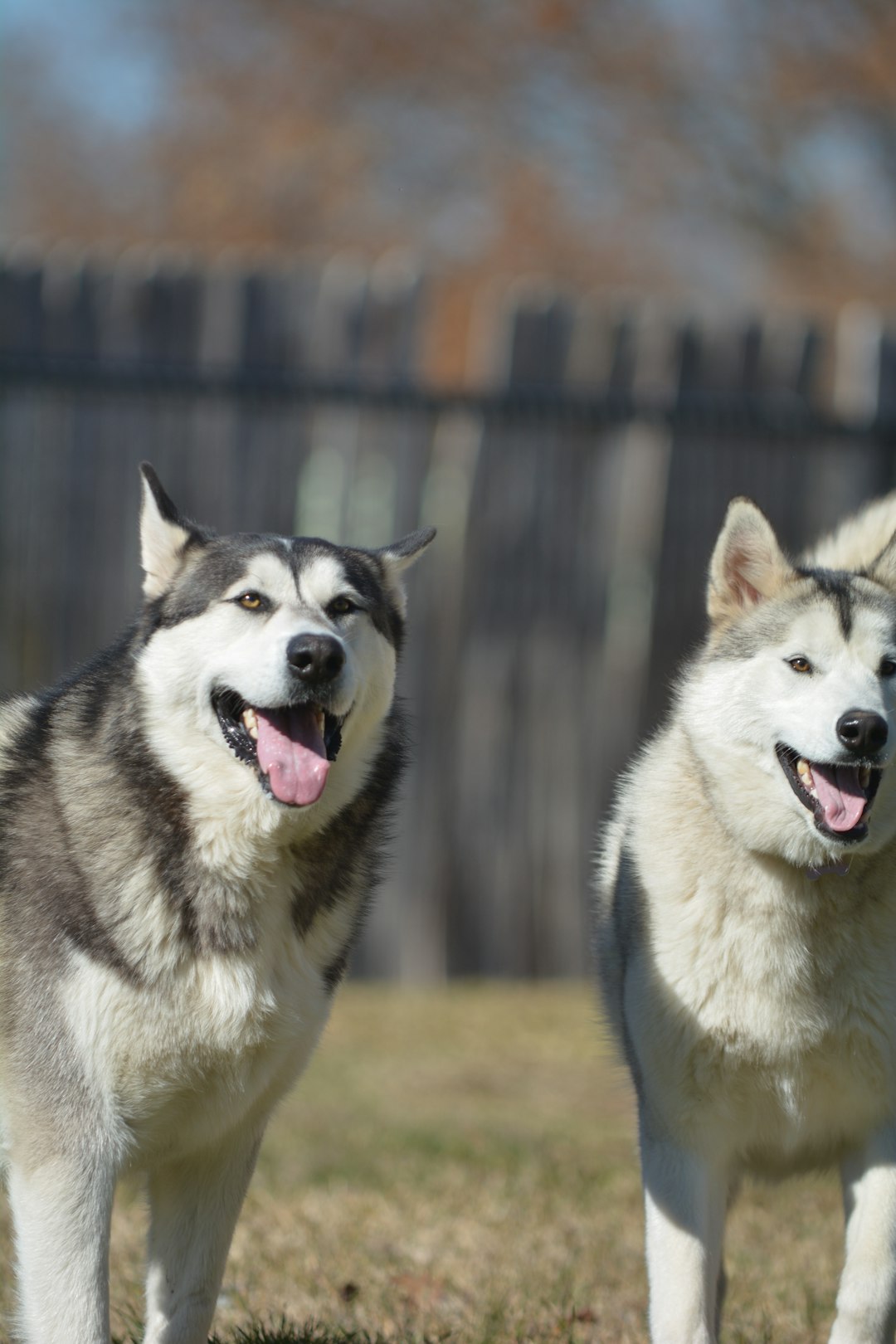If your dog is suddenly acting like they’re auditioning for a role in a suspense thriller, they might be trying to tell you something important. Yes, we’re talking about Dog UTI Symptoms! While dogs excel at chasing their tails, they might not excel at communicating when something’s off with their urinary tract. So, if you notice frequent bathroom breaks or your pup sniffing every corner of the yard with the urgency of a detective on a case, it’s time to pay attention. Let’s dig into the ins and outs of canine urinary tract infections before things really get hairy!
Understanding Urinary Tract Infections in Dogs

When it comes to our furry friends, nothing spoils a fun day at the park quite like a urinary tract infection (UTI). Just picture your pup running around happily—then suddenly, they’re squatting everywhere like they just can’t hold it in! The horror!
So, what’s happening in their doggy world? UTIs occur when bacteria invade the urinary tract, leading to a barking bad situation. Here are some fun facts to chew on:
- Bacterial Bandits: Bacteria (the sneaky little critters) cause most UTIs. They love to party in your dog’s bladder!
- Risk Factors Galore: Older dogs, those with diabetes, and female pups are more prone to this unwelcome invasion.
- Symptoms to Snoop: Watch for frequent urination, straining, or accidents. The infamous Dog UTI symptoms also include blood in the urine—yikes!
Understanding these canine culprits can help you stay one step ahead and keep your pup happy and healthy. And remember, if those Dog UTI symptoms start showing up, don’t hesitate to consult your vet—better safe than sorry!
Common Symptoms of Dog UTIs

Ah, the joys of being a dog parent! You expect tail wags and snuggles, but sometimes you get a puppy with a UTI. Understanding Dog UTI symptoms is crucial—after all, nobody wants to decode their furry friend’s bathroom habits!
Here are some classic indicators that your pooch may be dealing with a UTI:
- Frequent Urination: If Sparky seems to be stopping at every tree like he’s running for mayor, something may be up!
- Straining to Urinate: If your dog’s doing the ‘squatting dance’ without results, it’s time to raise the alarm.
- Blood in Urine: A clear sign that your pup is having a rough day—definitely not the rosy pee you want.
- Unusual Odor: If Fido’s urine smells more like aged cheese than fresh air, that’s your cue!
| Symptom | What it May Indicate |
|---|---|
| Frequent urination | Possible UTI |
| Straining to urinate | Inflammation or infection |
| Blood in urine | Serious concern |
| Strong urine odor | Infection at play |
If you notice any of these Dog UTI symptoms, it’s best not to brush them off. Because a trip to the vet is less “ruff” than seeing your pup suffer! 🐾
Risk Factors for Urinary Tract Infections in Dogs

Ah, the life of a dog—filled with belly rubs, treats, and the occasional mishap with a cluster of hydrangeas. But lurking in the canine utopia are some risk factors for urinary tract infections (UTIs), or as I like to call them, the “pee drama.” Recognizing these Dog UTI Symptoms early can save your pup a world of discomfort. Let’s roll out the red carpet for the potential UTI troublemakers:
- Age: Senior dogs often have weaker immune systems, making them more susceptible.
- Gender: Female dogs, especially small breeds, are more likely to develop UTIs. It’s like they have their own exclusive club!
- Health Issues: Dogs with diabetes, kidney problems, or those on long-term medications may find themselves at a higher risk.
- Poor Hygiene: Just like we wouldn’t want to walk around with dirty paws, neither do our furry friends!
- Urinary Tract Abnormalities: Congenital issues can lead to increased chances of a UTI.
In summary, understanding these risk factors can help you keep an eye out for those Dog UTI Symptoms and act before it becomes a full-blown rehearsal for a soap opera!
Diagnosis: How Vets Identify UTIs
When your furry friend starts displaying those pesky Dog UTI symptoms, it’s time to channel your inner detective. Vets have a few tricks up their sleeves to crack the case! Here’s how they navigate the mystery of the urinary tract:
- Medical History: It all starts with a chat. Vets will ask about your pup’s habits, diet, and any past shenanigans that might lead to a UTI.
- Physical Examination: Next, they’ll conduct a thorough exam, which might involve a few awkward moments. You know, like when Fluffy gets up close and personal while the vet checks for bladder or abdominal pain.
- Urinalysis: This is where it gets down and dirty – literally! They’ll analyze your dog’s pee for bacteria, crystals, or other unwelcome guests, helping to pinpoint if those Dog UTI symptoms are legit.
- Additional Tests: When needed, expect further tests like ultrasound or X-rays. After all, sometimes the plot thickens, and they need to investigate deeper!
Remember, with speedier diagnosis comes quicker relief for your pup! So keep an eye on those Dog UTI symptoms – you’ve got this! 🕵️♂️
Treatment Options for Dog UTIs
Ah, the dreaded Dog UTI Symptoms! Now that we’ve determined your furry friend is, in fact, experiencing a urinary tract meltdown, it’s time for some TLC—and we don’t mean The Learning Channel! Here’s a quick rundown of treatment options that’ll get your pup back to their tail-wagging self.
1. Antibiotics
- Most common treatment.
- Your vet will choose the right antibiotic based on lab results. No pressure, but their choice can make or break your pup’s bathroom adventures.
2. Pain Relief
- Pain medication helps ease discomfort.
- Because let’s face it, nobody likes a grumpy dog—or a grumpy owner for that matter!
3. Diet Changes
- Special prescription diets may help manage urinary pH levels.
- And yes, this means no more sneaking table scraps (seriously, it’s for their own good!).
4. Hydration
- Encourage your pup to drink more water.
- Think of it as turning them into a hydration superstar—H2O to the rescue!
Remember: Always consult your vet for a tailored treatment plan. They can help you navigate the murky waters of dog UTI symptoms with expertise that’ll keep your pup’s tail wagging. 🐾
Home Remedies and Preventative Care
Ah, the age-old question: can we cure a Dog UTI with grandma’s secret recipe? Well, while I can’t promise miracles, I can share some remedies that might put a wag back in your pup’s tail!
Here are some home remedies and preventative tips to keep Dog UTI symptoms at bay:
- Water, Water, Water: Keep that bowl full! Hydration flushes out bacteria like a pro.
- Cranberry Juice: A splash of unsweetened cranberry juice might help, but let’s not turn your dog into a juice bar. Just a teaspoon will do!
- Pumpkin Power: Plain canned pumpkin (not the pie filling, folks!) adds fiber to their diet, aiding urinary health.
- Probiotics: These gut buddies can keep the bad guys at bay. Consult your vet for the right dosage.
- Frequent Bathroom Breaks: Puppies and middle-aged dogs alike need regular potty outings.
Avoid These Traps:
- Holding their pee for too long -Skipping vet check-ups
Keep an eye on those Dog UTI symptoms so your furry friend stays healthy and happy!
When to Seek Emergency Veterinary Care
If your dog develops Dog UTI symptoms, don’t just sit there pulling your fur out! Certain signs might warrant a frantic dash to your vet. After all, sometimes your furry friend’s urinary struggles can escalate quicker than a game of fetch in the park. Here are some telltale signs:
- Blood in urine: If your pup’s pee resembles a strawberry smoothie, it’s time to take action!
- Severe lethargy: If your pooch is more tired than usual and doesn’t even want to chew his favorite toy, call the vet.
- Excessive whining or straining to urinate: If your dog resembles a dramatic actor in a medical drama, it’s definitely time for an expert’s opinion.
- Vomiting: If your dog is giving you more than just puppy eyes—like the other end of their digestive tract starts acting up—it’s serious business.
In summary, if observing Dog UTI symptoms makes your heart race, don’t wait for a miracle! Quick action can save your furry pal from a potential urinary catastrophe. So keep your vet’s number handy and trust your gut (and theirs). Plus, your dog will thank you later—preferably with a slobbery kiss!
Importance of Regular Veterinary Check-ups
When it comes to your dog’s health, think of regular veterinary check-ups as their version of a spa day—minus the cucumber slices on their eyes! These visits are essential, especially for spotting potential Dog UTI Symptoms before they escalate into a full-blown drama.
Here’s why you shouldn’t skip that vet appointment:
- Early Detection: Like a sleuth in a mystery novel, vets can identify signs of a UTI before you even notice small changes in your pup’s behavior. Think of it as having a doggy detective on speed dial!
- Tailored Prevention: Regular check-ups allow your vet to recommend personalized strategies to minimize UTI risks, keeping your furry friend healthier. Tail wagging included!
- Health Monitoring: Catching issues early helps maintain your dog’s overall well-being, making sure they’re not just playing the role of “sneezy sofa potato.”
So, schedule those appointments like you schedule brunch with your best friend. After all, nothing tops the health of your four-legged companion—especially when it saves you from deciphering those confusing Dog UTI Symptoms later! 🐾
Frequently Asked Questions
What are some common symptoms of a UTI in dogs?
Ah, the classic urinary tract infection (UTI) – much like finding out your dog ate your favorite shoes! Common symptoms include increased frequency of urination, as if they’re trying to mark ‘their territory’ every five seconds, straining or struggling to urinate (they might look like they’re trying to squeeze out a stubborn chocolate chip), blood in the urine (cue dramatic music), and even accidents in the house (those are just the dog’s way of saying, ‘Hey, I need help!’). If your pup is exhibiting any of these behaviors, they might just need a trip to the vet—for some dignity-preserving treatment, of course!
How can I help my dog with UTI symptoms?
Well, aside from becoming a full-time doggy nurse and treating them like royalty, you can help manage their UTI symptoms by ensuring they have constant access to fresh water to encourage urination, much like we do at a bad buffet. Consider adding cranberry supplements to their food; they’re like the best fruits for a dog’s urinary tract! You can also create a comfortable space for them to relax, ensuring they’re not too stressed out—because nothing says zen like a plush bed and some soothing belly rubs. If symptoms persist, though, don’t be shy… a vet visit is in your dog’s future!
Can a UTI be serious in dogs?
Oh, absolutely! A UTI can be as serious as mistaking your dog’s chocolate-flavored toy for a real chocolate bar. While many UTIs can be treated easily, if left unchecked, they might lead to more severe complications like kidney infections or stones (and trust me, you don’t want to be dealing with kidney issues). So if you notice symptoms persisting more than a diva at a music awards show or if your pooch seems particularly unwell, don’t wait—call your vet faster than a squirrel can run!
What causes urinary tract infections in dogs?
Picture this: your dog is on a quest in the backyard, battling evil squirrels, and then – boom! They accidentally introduce bacteria through their urinary tract like it’s an open invitation to a party nobody asked for. Various factors can contribute to UTIs in dogs, including poor hygiene (we’re looking at you, muddy paws), anatomical issues (like a short urethra tangled in that fur coat), and even changes in urine pH. Alternately, they might even be prone due to certain medical conditions or age. So if your dog is living their best life but suddenly develops this issue, it’s worth digging a little deeper—like a detective in a crime movie!



